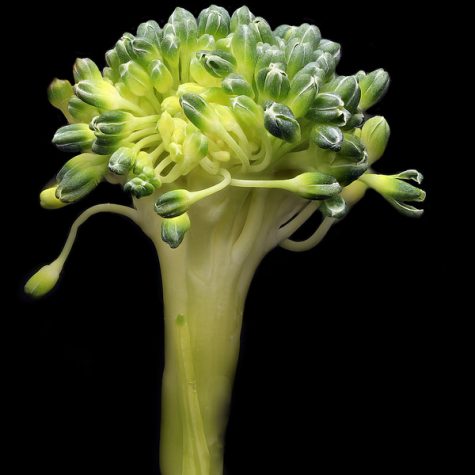Hard Candy
$19.00 – $400.00A hard candy, or boiled sweet, is a sugar candy prepared from one or more sugar-based syrups that is boiled to a temperature of 160 °C (320 °F) to make candy. Among the many hard candy varieties are stick candy (such as the candy cane), lollipops, aniseed twists, and bêtises de Cambrai.
Hard candy is nearly 100% sugar by weight; Recipes for hard candy may use syrups of sucrose, glucose, fructose or other sugars. Sugar-free versions have also been created.








